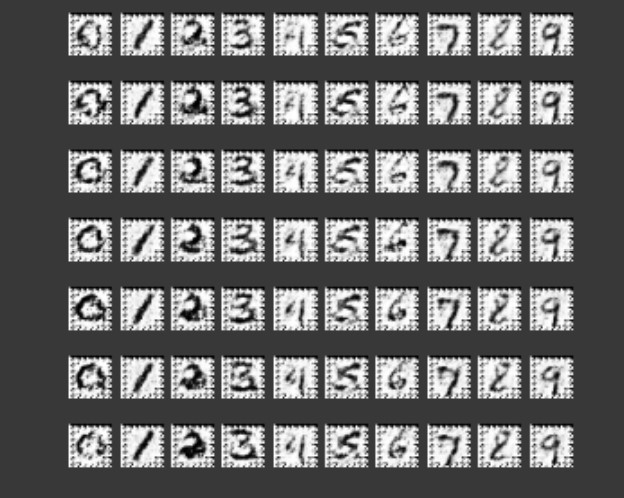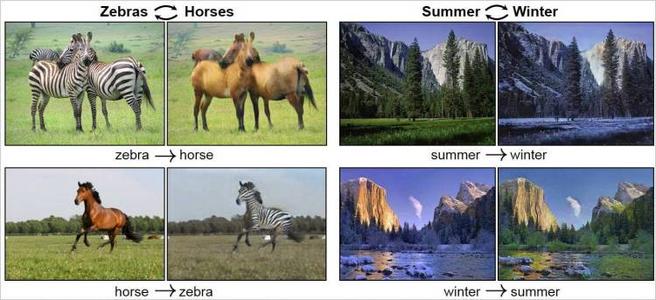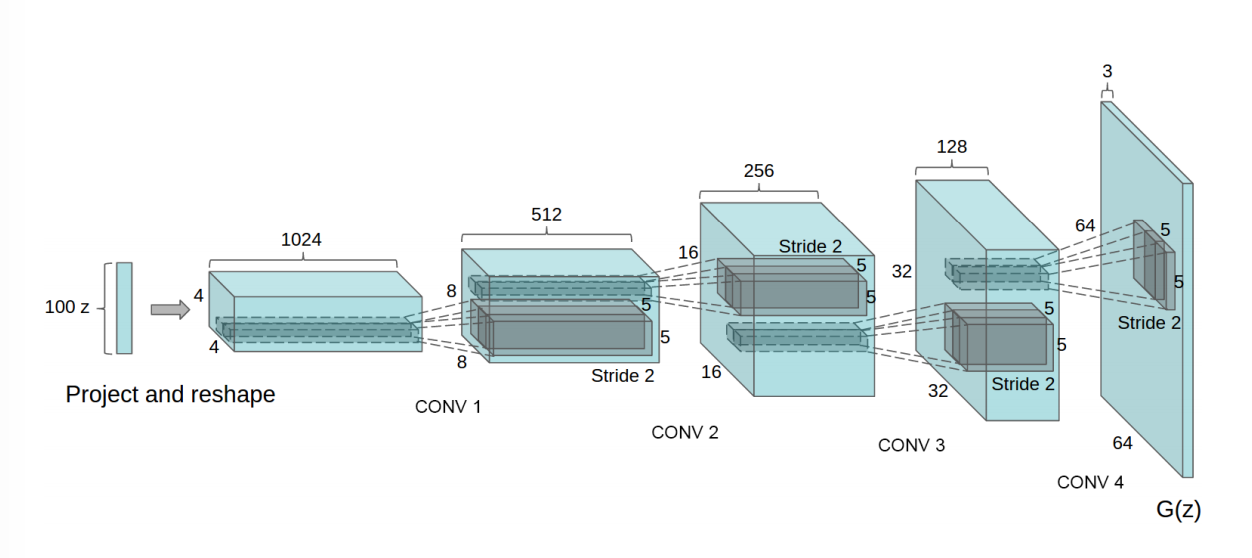InceptionScore
IS使用两个标准来衡量GAN的性能:
- The quality of the generated images, and
- their diversity.
熵可以看作是对随机性的度量。如果随机变量x的值是高度可预测的,则其熵较低。相反,如果它是高度不可预测的,那么熵就很高。例如,在下图中,我们有两个概率分布p(x)。p2具有比p1更高的熵,因为p2具有更均匀的分布,所以更难以预测x。

质量
在GAN中,我们希望条件概率*P(y | x)*具有高度可预测性(低熵),比如红色线表示的分布。
(Images that are classified strongly as one class over all other classes indicate a high quality. As such, the conditional probability of all generated images in the collection should have a low entropy. )
即给定一张图像,我们应该容易地知道对象的类型。因此,我们*使用Inception网络对生成的图像进行分类并预测P(y | x),其中y是标签,x是生成的图像数据。这反映了图像的质量(quality )。*
我们的一种直觉是大概率比小概率具有更少的信息
多样性
接下来,我们需要测量图像的多样性。
To capture our interest in a variety of images, we use the marginal probability(边缘概率). This is the probability distribution of all generated images. We, therefore, would prefer the integral (积分)of the marginal probability distribution to have a high entropy(熵值越高,表明越均匀,也就越不会出现一类独大,其余类出现次数很少的情况).
*P(y)*是边缘概率,计算公式如下:


如果生成的图像是多种多样的,则y的数据分布应该是均匀的(高熵)。
下图将这个概念形象化。

These elements are combined by calculating the Kullback-Leibler divergence, or KL divergence (relative entropy), between the conditional and marginal probability distributions.
综合质量与多样性,得到IS计算公式,并计算它
为了结合这两个标准,我们计算它们的KL散度,并使用以下公式计算IS。

公式中各部分可以使用以下方法计算:
$p(y)$ :N 个生成的图片(N 通常取 5000),每个生成图片都输入到 Inception V3 中,各自得到一个自己的概率分布向量,把这些向量求一个平均,得到生成器生成的图片全体在所有类别上的边缘分布。具体计算时,可以先用生成器生成 N 张图片,然后用$p(y)$的经验分布来代替,经验分布见下面公式 :

$p(y|x)$ :把生成的图片 x 输入到 Inception V3,得到一个 1000 维的向量 y ,也就是该图片属于各个类别的概率分布。IS 提出者的假设是,对于清晰的生成图片,这个向量的某个维度值格外大,而其余的维度值格外小(也就是概率密度图十分尖)。
$D_{KL}$:对 $p(y|x)$ 和 $p(y)$ 求 KL 散度。KL 散度离散形式的公式如下:

IS计算公式不直观,可以写成如下的直观形式(应该是基于大数定律:样本足够大时,均值–>期望):

实际操作中,先用生成的大量样本代入公式 (1),求出 ,然后再对每个样本求出
,然后再对每个样本求出 ,计算它和
,计算它和 的 KL 散度,最后求平均,再算一下指数即可。
的 KL 散度,最后求平均,再算一下指数即可。
用numpy实现IS的计算
1 | # calculate inception score in numpy |
1 | 1.0 |
此时假设共生成了3张不清晰(3个向量中,每个向量的3个维度(说明共3个类别)都很接近,熵值较大)的图片,因此IS为1.0(较小)
当我们生成稍微好一些的图片时,再次运行,发现IS值也提高了:
1 | # conditional probabilities for high quality images |
1 | 2.999999999999999 |
(IS最低为1,最高为类别数?)
用Keras内置的Inception V3模型计算IS
在这个例子中,假装已经有了$p(y|x)$,事实上是使用np.ones((50, 299, 299, 3))生成的50假图片喂入Inception V3网络,得到的预测输出概率长向量(长度=类别数)作为$p(y|x)$ (并没有真的把GAN的输出喂入Inception V3去做分类预测得到概率向量)
1 | # calculate inception score with Keras |
Calculate Inception Score for CIFAR-10 in Keras
将CIFAR-10图片当作是生成的图片x,然后喂入Inception V3得到预测输出的概率长向量,即:$p(y|x)$,计算IS
1 | from math import floor |
上面的代码没跑出结果来(因为colab的RAM占满了,可能是cifar10数据集太大?)

应用到GAN
将生成器生成的图片喂入Inception V3网络,预测输出值 ,即概率长向量$p(y|x)$,接下来的步骤与之前相同。
IS的缺点
- 分类模型和生成模型在不同的数据集上训练
由于 Inception V3 是在 ImageNet 上训练的,用 Inception V3 时,应该保证生成模型也在 ImageNet 上训练并生成 ImageNet 相似的图片,而不是把什么生成模型生成的图片(卧室,花,人脸)都往 Inception V3 中套,那种做法没有任何意义。
Inception Score 基于两个假设:
- Inception V3 可以准确估计 p(y),即样本在所有类别上的边缘分布;
- Inception V3 可以准确估计 p(y|x) ,从而计算出条件熵,用条件熵反映图片的真实程度。
对于假设 1,作者计算了 CIFAR-10 的边缘分布,取了排名前 10 的预测类。把这 10 类和 CIFAR-10 的 10 类相比较,发现,它们并没有对应关系。再一次说明了生成模型的训练数据需要和 Inception Net 或者别的什么分类网络的训练数据一致。不能在一个数据集上训练分类模型,用来评估另一个数据集上训练的生成模型。
对于假设 2,Inception 网络通过 p(y|x) 计算出条件熵,条件熵越低表示生成的图片越真实,这也是有问题的。作者计算了 CIFAR 10 训练集的条件熵是 4.664 bit,而在随机噪声图片上,条件熵是 6.512 bit,仅仅比真实训练集图片高了一点点。
而在 ImageNet 的 validation set上,Inception net 算出的条件熵是 1.97 bit,也就是说 CIFAR 训练数据比起 ImageNet 更接近随机噪声,这显然是不科学的,因为 CIFAR 数据再不济也是真实图片,应该和 ImageNet 的条件熵更接近才对。再一次说明了,不能在一个数据集上训练分类模型,用来评估另一个数据集上训练的生成模型。
- 优化 Inception Score (不直接地&隐式地)
IS的一个缺点是,如果每个类仅生成一张图像,即使多样性并不强,*p(y)*仍将是均匀的。
Inception Score 只能是粗糙的指导,如果直接优化这个 Inception Score,会导致生成对抗样本(只会刷分,其实并不真实)。但同时也应该注意到,间接地优化这个分数,同样会导致生成对抗样本,例如用这个指标来确定是否停止训练,调整超参数,甚至调整网络架构。
作者在附录中提出了一种可以刷 Inception Score 的方法:把生成样本输入分类模型中,用梯度下降来修改输入的样本,让它在某一类的概率达到非常大,这样,条件熵就降下来了,同时让不同样本优化不同的类,循环遍历所有的类,这样就能保证边缘分布是均匀分布,即生成的图片把每个类都均匀覆盖了。但是,这会导致生成毫无意义的图片。
- 没有反映过拟合
根据 Inception Score 的计算原理,我们可以发现:如果神经网络记住了所有的训练集图片,然后随机输出,那么它会得到一个很高的 Inception Score。但是这种生成模型是没有意义的。
因此在用 Inception Score 评估生成模型的性能时,应该加上别的指标,证明模型没有过拟合,即模型输出的图片和训练集中任何图片都不同,单纯用 Inception Score 评估性能是不全面的。
参考资料
https://medium.com/@jonathan_hui/gan-how-to-measure-gan-performance-64b988c47732






